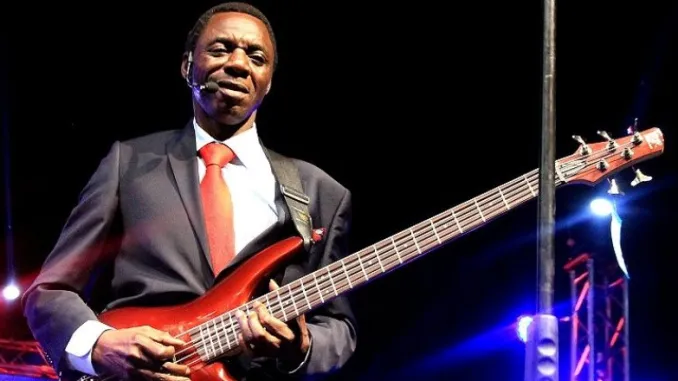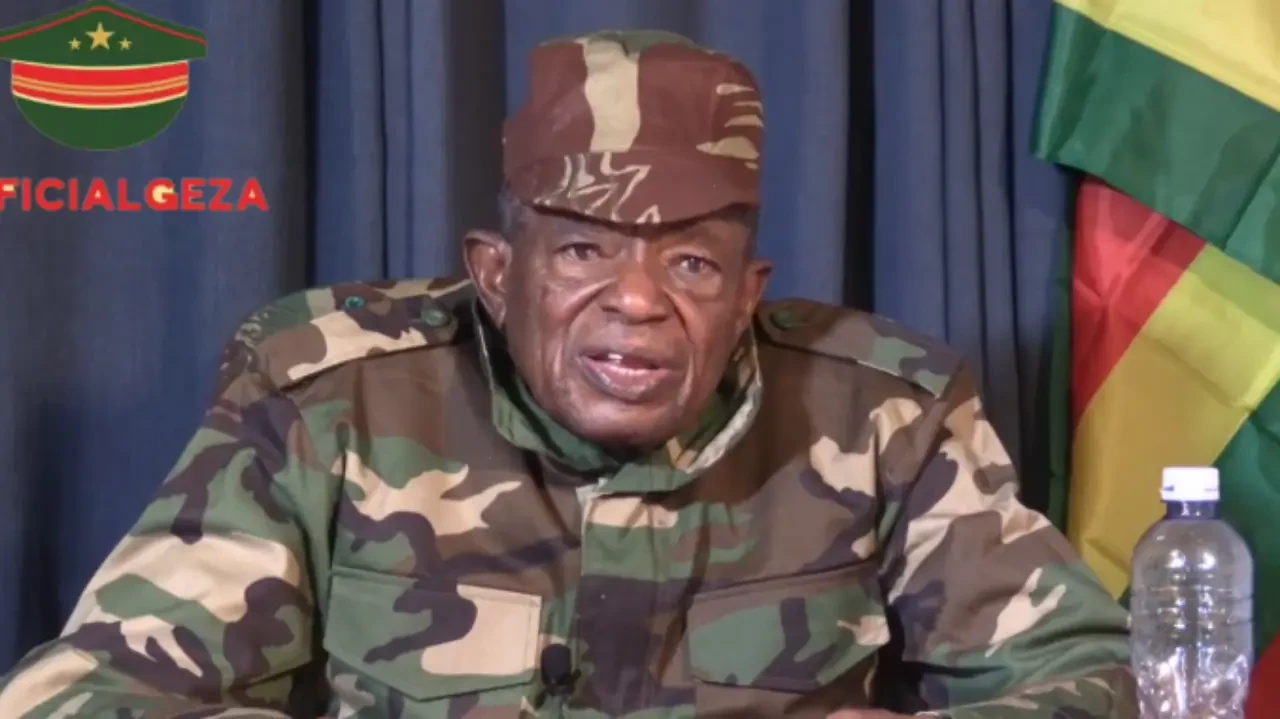
In 1977, a mere three years after the war against Portuguese colonialism in Mozambique ended, and two years after independence, the country was at war again.
The Mozambican National Resistance (Renamo), a rebel group supported by the Rhodesian and South African racist governments, took up arms against the Liberation Front of Mozambique government.
In supporting the rebels, the racists exploited internal differences in Mozambique in backing the rebels against the Frelimo government, which harbored freedom fighters against both of them.
The war left an estimated one million people dead, millions more displaced, infrastructure destroyed, and the country's economy on its knees. Wildlife, especially large mammals, in Gorongosa National Park, one of Africa's premier game parks, was not spared; more than 90% of it was killed.
Of the estimated 14 000 buffalo in 1972, less than 100 were estimated to be in the park in 2000, and less than 200 were estimated to be in the park compared to the 2 500 during the same period.
Both sides slaughtered thousands of zebras, wildebeest, and buffaloes for food. They also killed lions and other large predators for sport or trophies. Infrastructure in the park, including buildings, was razed.
“The fighting was all over the country, but Gorongosa in Sofala province, was the epicenter of the war as Renamo established their headquarters here at Casa Banana, near the park boundary,” Gorongosa National Park Warden Pedro Muagura, who represents the Ministry of Environment said.
“The rebels wanted game meat from the park for food, and they killed elephants for ivory, which they exchanged for weapons from South Africa.”
- Philanthropist restores park and hope in Mozambique
Keep Reading
Following the 1992 peace accord, the African Development Bank, with support from the European Union and the International Union for the Conservation of Nature, embarked on a five-year effort to rebuild Gorongosa's infrastructure and restore its wildlife.
Their contributions, though falling short due to financial constraints, were instrumental in laying the groundwork for the park's restoration.
However, their efforts fell short because they needed more money.
It took the millions of American tech entrepreneur turned philanthropist Greg Carr, an American tech entrepreneur turned philanthropist, to get the park on the path to its former glory.
After turning his back on business, he launched the Carr Foundation in 1998 and the Carr Centre for Human Rights Policy at Harvard University a year later.
In 2004, he met then-Mozambican President Joaquim Chissano, who addressed the Carr Center for Human Rights Policy. Chissano asked Carr to assist in rebuilding Mozambique.
He chose the restoration of Gorongosa as the project he would support. The result was the partnership that would change the fate of Gorongosa National Park, paving the way for its rehabilitation and the return of its wildlife.
“The fundamentals of this ecosystem were in place, meaning the rivers were flowing, the soil was good, and the grass was growing,” he said.
“If you stop whatever the disturbance is in a natural area, you have a very good chance that nature will know how to restore itself.”
“Time has proved him right; 20 years after he pledged $36 million to the partnership, wildlife thrives in Gorongosa again.”
However, some animals, including buffalo, wildebeest, hippos, wild dogs, and jackals, had to be translocated into the park from other parts of Mozambique and South Africa.
However, protecting flora and fauna was not the only goal for Carr.
“It was essential to me that the project was not simply to manage the national park or restore the wildlife, but to create employment and help the communities that live next to the park and share the ecosystem,” he said.
“And that's in my contract with the government.”
Consequently, the Gorongosa Restoration Project is also heavily invested in the sustainable development of the communities living in areas bordering the park. This emphasis on community development ensures that the local population is actively engaged in and benefits from the park's restoration.
The project supports a range of initiatives, including preschools and girls' clubs, which aim to encourage girls to stay in school in a country with a very high girl-child dropout rate, brick-and-mortar and mobile clinics, and regenerative agriculture.
“We spend probably two-thirds or three-quarters of our budget outside the park,” Carr said.
He has also managed to convince several partners to contribute to the project. Of this year’s $30 million budget, he has chipped in $6 million while the other partners, including governments, picked up the rest of the tab.
Carr is confident that the project will be self-sustaining by the end of his current deal with the government of Mozambique in 2043.
Besides his initial commitment, he has spent $100 million and expects the figure to balloon to $200 million at the end of the project.
The project is Sofala province's biggest employer, employing some 1 800 workers, 99% of whom are Mozambicans.










